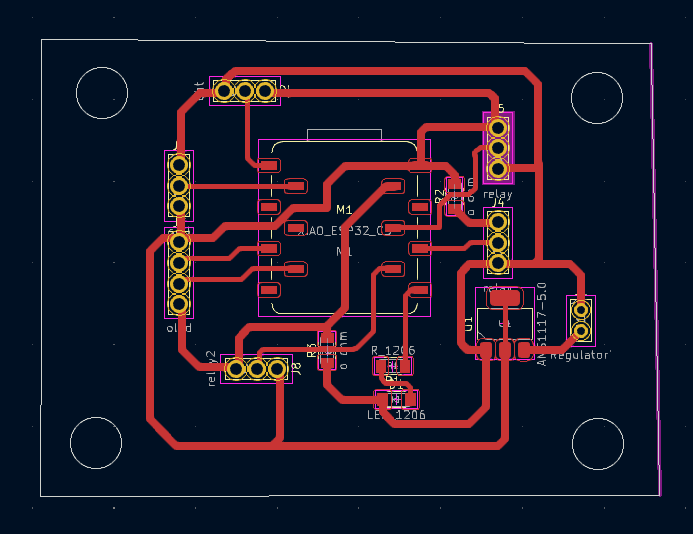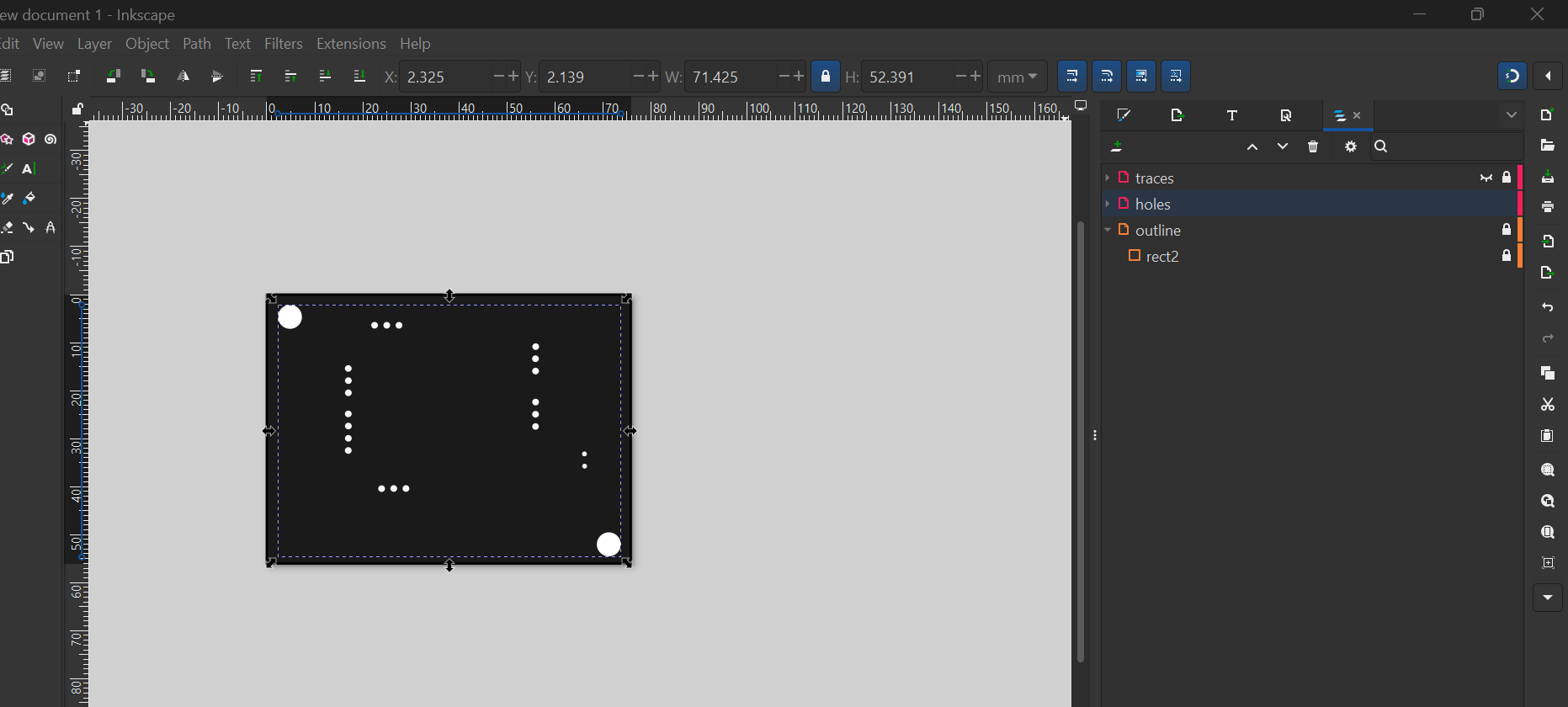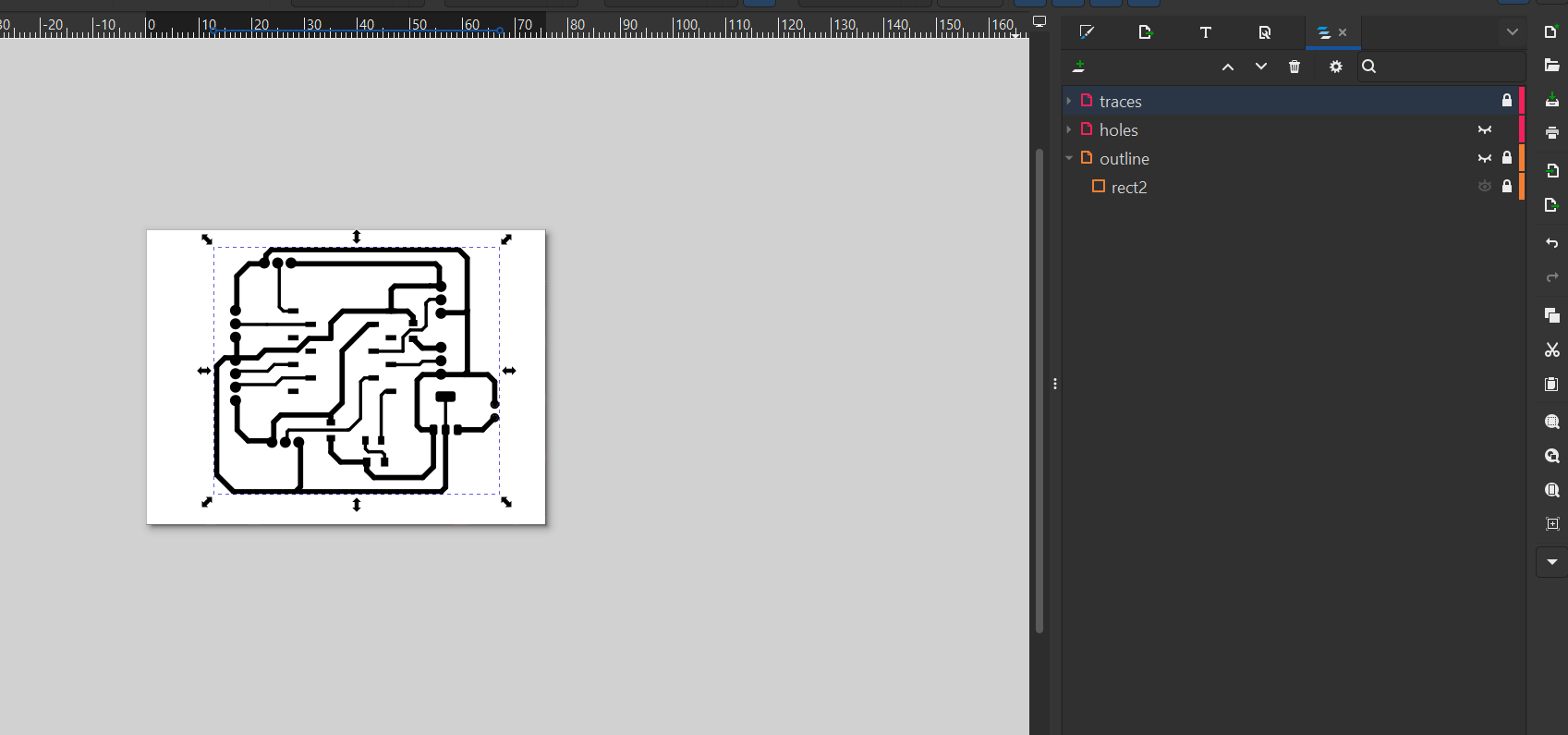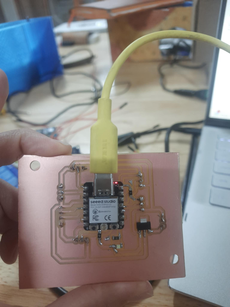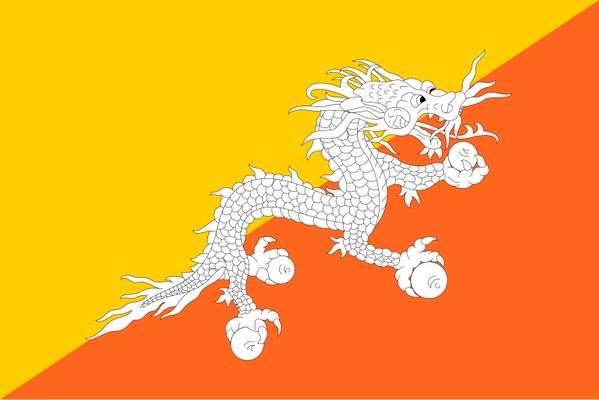Table of Contents
- Invention, Intellectual Property and Income :
- Develop a plan for dissemination of your final project.
- Prepare drafts of your summary slide (presentation.png, 1920x1080) and video clip (presentation.mp4, 1080p HTML5, < ~minute, < ~25 MB) and put them in your website's root directory
Invention
Overview
The Cosmic Pepper Pig is a smart, automated system designed in the playful shape of a pig. Combining agriculture with smart technology, this system automates temperature and moisture regulation to optimize plant growth.
Key Features and Innovations
- Smart Automation:
- Sensors to monitor temperature, humidity, and soil moisture.
- Actuators control fans, heaters, and water pumps.
- Grow LEDs simulate daylight cycles.
- Custom Electronics:
- ESP32-based microcontroller with Wi-Fi.
- Custom PCB for compact integration.
- Creative Design:
- Unique pig shape made with CNC and laser-cut panels.
- Insulation layer to retain warmth at night.
- User Interaction:
- LCD/LED interface for system status.
- Mobile control planned for the future.
Benefits
- Optimized plant growth through environmental automation.
- Low maintenance system for busy users.
- Energy-efficient and responsive.
- Educational model for smart agriculture.
Project Dissemination
Initial Strategy
Currently, The COSMIC PEPPER PIG will be shared with my family in rural areas, Fab Lab Bhutan for public display, and local schools as an educational exhibit.
Awareness and Outreach
- Fab Lab Showcase: Display the pig-shaped greenhouse with brochures and demonstrations.
- Word of Mouth: Encourage friends and family to share experiences with others.
- Fab Academy Network: Share through Fab Academy documentation platform.
Exploring Commercial Viability
- Feedback Collection: Use input from early users to improve the greenhouse.
- Market Study: Explore if a compact, effective greenhouse can be marketed.
Intellectual Property
Modern General Counsel: Four types of intellectual property
Patent
A patent is a government-granted monopoly to build, sell, and use your invention (and prevent others from doing so). The requirements for a patent are that the idea or project must be:
- New
- Useful
- Non-obvious
Copyright
Copyrights protect original works of authorship. Copyright law provides copyright owners with the following exclusive rights:
- Reproduce the work
- Prepare derivative works
- Distribute copies by sale, transfer of ownership, or license
- Perform or display the work publicly
Trademark
A trademark can be any word, phrase, symbol, design, or combination of these that identifies your goods or services. A trademark has many benefits, including:
- Identifying the source of your goods or services
- Providing legal protection for your brand
- Guarding against counterfeiting and fraud
Trade Secret
A trade secret is typically something not generally known to the public, where reasonable efforts are made to keep it confidential, and that confers some type of economic value by not being known to another party.
Licensing
There are different types of licenses to protect someone's work.
- One of several public copyright licenses enabling free distribution of copyrighted works.
- Used when an author wants to allow others to share, use, and build upon their work.
- Provides flexibility, such as allowing only non-commercial use.
- Protects users from copyright infringement if license conditions are followed.
- Empowers creators while simplifying legal sharing and remixing of content.
- Originated at the Massachusetts Institute of Technology (MIT).
- A permissive free software license with very limited restrictions on reuse.
- Has excellent license compatibility.
- Allows reuse within proprietary software.
- Requires inclusion of the MIT License terms and copyright notice in all copies.
- Compatible with many copyleft licenses like the GNU General Public License (GPL).
- MIT licensed software can be used in GPL software, but not the other way around.
- Written by Richard Stallman of the Free Software Foundation (FSF) for the GNU Project.
- Widely used free software license ensuring freedom to run, study, share, and modify software.
- Grants rights according to the Free Software Definition.
- A copyleft license—derivative works must be distributed under the same license terms.
- Contrasts with permissive licenses like BSD and MIT.
- First copyleft license for general use.
License Decision
My project, the code was partially written with the help of ChatGPT, and honestly, I'm not looking to strictly license or protect it. Anyone is welcome to use or modify it as they wish.
My existing Creative Commons Attribution-NonCommercial-ShareAlike 4.0 International License is already in place for the entire project's documentation. It reflects my intention to share everything for non-commercial purposes and encourage others to build upon it, including the code that's integrated with the hardware and design. It also gives me some control over potential future commercialization of my pig-shaped pepper growth system.
Though this license is not recommended strongly, I want to proceed with it. I understand traditional software licenses like MIT or GPL are better suited for pure code, but for now, I'm using the CC license to cover the entire project's open educational aspect.

You are free to:
- Share — copy and redistribute the material in any medium or format
- Adapt — remix, transform, and build upon the material
The licensor cannot revoke these freedoms as long as you follow the license terms.
Under the following terms:
- Attribution — You must give appropriate credit, provide a link to the license, and indicate if changes were made. You may do so in any reasonable manner, but not in any way that suggests the licensor endorses you or your use.
- NonCommercial — You may not use the material for commercial purposes.
- ShareAlike — If you remix, transform, or build upon the material, you must distribute your contributions under the same license as the original.
- No additional restrictions — You may not apply legal terms or technological measures that legally restrict others from doing anything the license permits.

Final Slide and Video
- Summary Slide:
- Project Video:
presentation.mp4

Thank you for visiting THE Cosmic Pepper Pig – where agriculture meets creativity and care!

